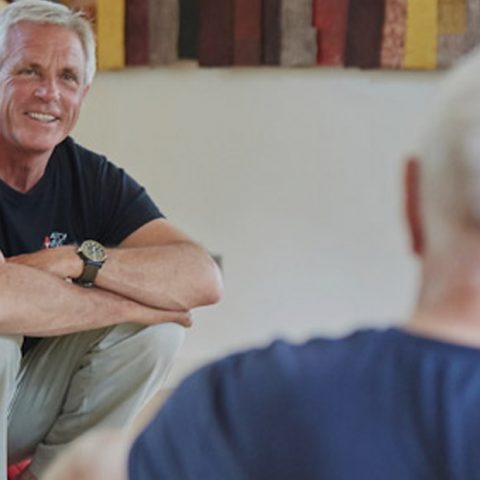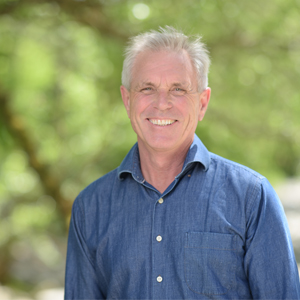We caught up with Tom to discuss the importance of Anatomy Trains, and advice for exercise professionals looking to develop their knowledge, skills and expertise.
Could you describe to the laymen what Anatomy Trains are and why they are so important to people working in the discipline of massage and exercise?
If you only think and act locally, you are not going to solve long-term problems. By the time an injury has been in the body for a few months, it has been distributed through the fascial fabric, usually along the Anatomy Trains lines, so that the solution for the injury is no longer local, but global.
Long-term postural problems likewise do not give way to local solutions. Using the Anatomy Trains map has proven useful to all types of manual therapists and movement teachers in sussing out what are the key linkages to make to ‘unhook’ a complex postural problem or persistent injury.
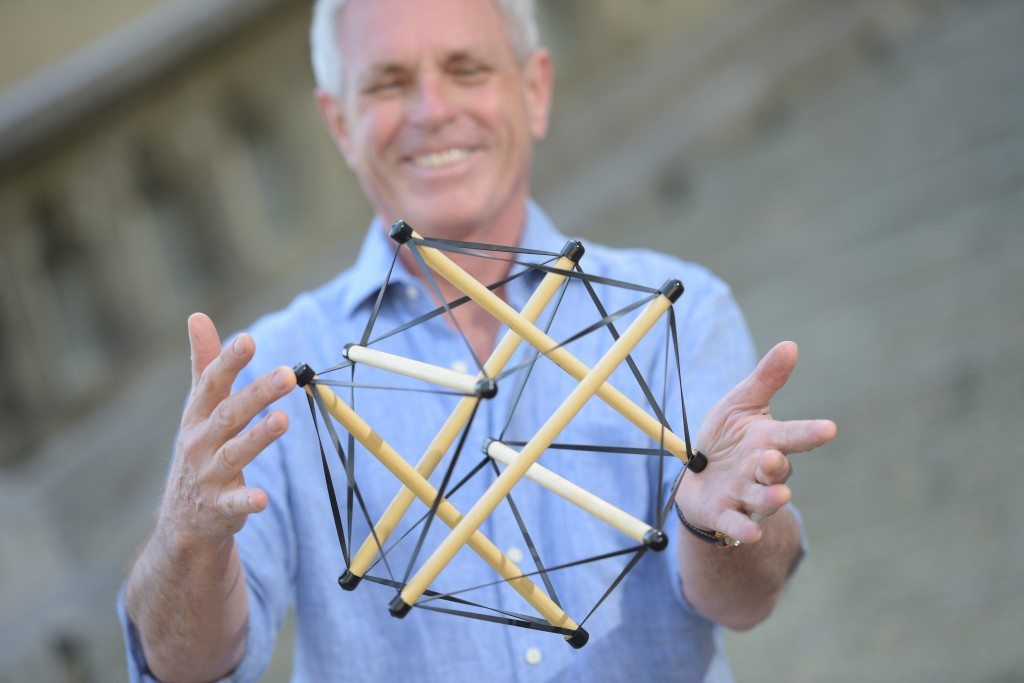
After a bit of practice, you start seeing your clients in terms of these lines and can devise programs to help balance them out overall and over time. Look globally, act locally, then act globally to integrate your treatment into the whole pattern.
We went way too deep into picking things apart down to their smallest units. We are now seeing what we can learn from putting them back together again. It’s practical holism.
Is the traditional isolated muscle theory approach to anatomy irrelevant?
Not at all. It’s a very useful map – origin, insertion, action and innervation. We’ve learned a lot from that map. It just isn’t the whole story. Muscles have more than two points of contact. They attach longitudinally in these myofascial meridians. They attach laterally to the muscles next to them, and this helps cushion the forces we generate. They attach to the nearby nerves and vessels. And they attach to the underlying ligaments.
The problem with the isolated muscle theory is not that it’s wrong or irrelevant, it just doesn’t present the whole picture for either the athletic world or the rehab world.
It’s clear from reading the Anatomy Trains book that fascia has both a structural and functional role, could you summarise these for the reader?
Fascia is the biological fabric that holds us together. It’s very strong but flexible – so it keeps our 70 trillion cells in order, yet still allows us to move. All the strings, sheets, and wires that used to be called ‘sinews’ .
Fascia not only surrounds muscles, it surrounds and weaves through every organ in the body. It is the ‘carpet-backing’ for the skin. So structurally it holds every bit of the body in place with a 3D webbing.
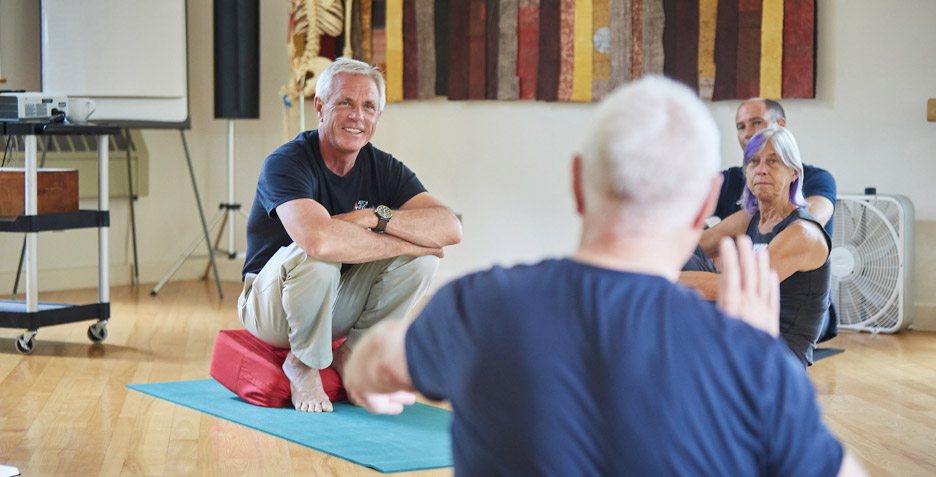
Functionally, fascia handles all the forces we generate – the ones inside us, and the ones outside us – chiefly gravity, but also all the forces we generate in sport, weightlifting, etc. Every time your heel strikes, that force has to be handled by your musculoskeletal system. The bones and muscles help, but the fascia manages the force without damaging our delicate cells.
You talk in your book about Myofascial Meridians’, could you provide an introduction to what these are and why they are so functionally important?
Once I understood that the fascia was a body-wide webbing, I realised that the muscles were linked like strings of sausages, and I called those ‘myofascial meridians’. It’s not so different from ‘kinetic chains’, but seeing how the forces of acceleration and deceleration are handled, it seemed important to map out how the muscles connected through the fascia.
To qualify as a myofascial meridian or Anatomy Train, a chain had to have: a minimum of three muscles in the chain and they had to line up in the body’s fabric, like the hamstrings and the gastrocs, and they had to stay at the same level – no jumping from superficial to deep. There are 12 of these myofascial meridians I have mapped so far.
What is your professional opinion on the use of foam rollers and other self-myofascial therapies? Do you believe these techniques are capable of releasing myofascial and dysfunction?
Yes, of course. Foam rollers and SMR tools are invaluable for self-maintenance and self-exploration. You can use them to aid hydration and fluid perfusion, to improve kinaesthesia of forgotten areas or to ‘tone up’ your perception before a challenge.

I’m less enthused about using foam rolling to try to lengthen fascia – I don’t see the evidence for it. Likewise, using a foam roller to separate layers of fascia only works if you stabilise the foam roller and ‘scrape’ yourself over it to create a shear stress.
Finally, I’m a bodyworker, so you know what’s coming: I don’t think any of us – myself included – do very well at using tools to get to our own worst places. Like, left to myself, I train ok, but I train better if I’m being coached. Likewise, a good bodyworker will help you find those hidden places you tend to miss, places you don’t know about so you avoid them, and of course, some bits are harder to reach with a roller and easier to reach with an outside hand.
If you were to give sports massage and exercise professionals key areas to develop their knowledge and understanding in this area, what would they be and why?
Well, of course, I hope they take in and use the Anatomy Trains myofascial meridian map – there’s the book, a bunch of webinars and videos, and we have courses all over, some more tailored to the manual therapist, and others aimed toward movement professionals.
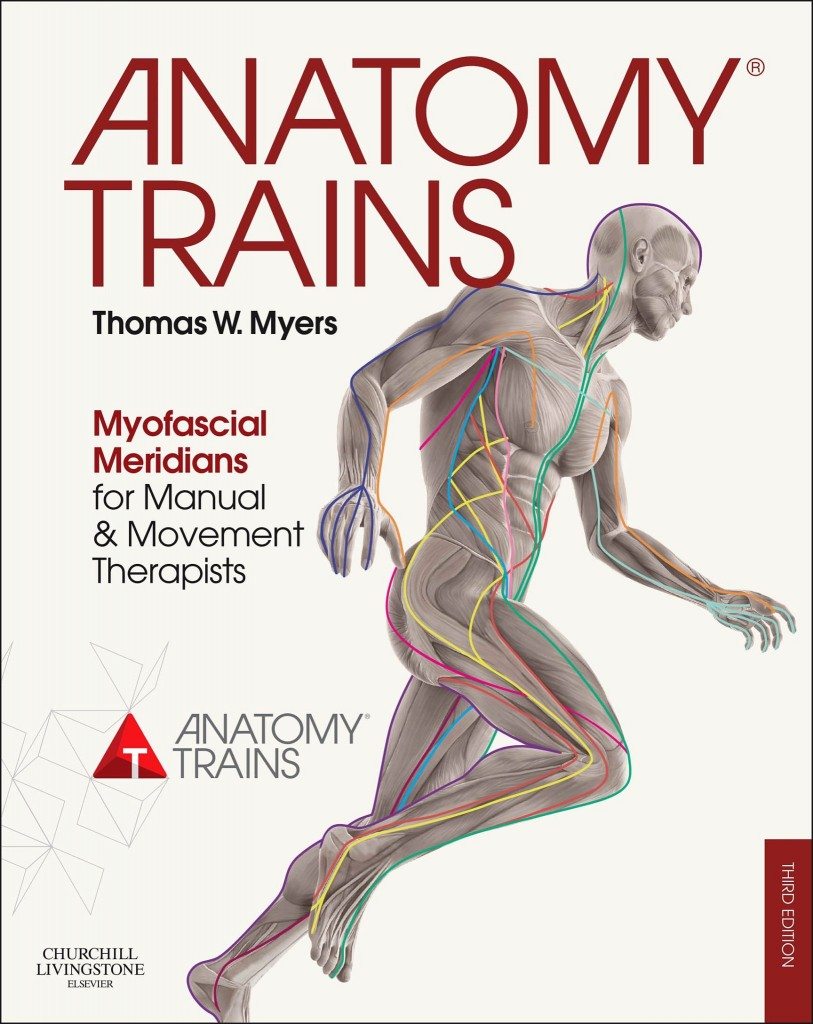
There’s lots to be learned about fascia injury prevention and rehabilitation, in recovery, and how different genetic types of fascia respond to training. I think the most important for trainers to understand are the four properties of fascia: viscosity, elasticity, plasticity, and remodelling.
Somewhere between egg white and Silly Putty, the viscosity of fascia distributes force so we don’t harm our bones and vessels in high impact situations. Elasticity we now know can be trained and contributes significantly to efficiency in rhythmic movements like running. The property of plasticity works at yoga speed to allow shortened tissues to lengthen. Remodelling is what you do in recovery; how the fascia restores and maintains itself.
